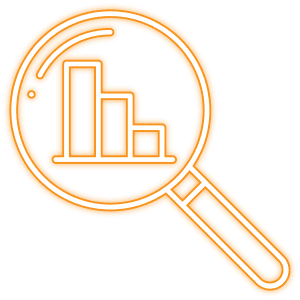
At DocPoint Solutions, our first and most immediate priority at the start of every new project is Business Analysis.
What is Business Analysis?
Our team of certified business analysis professionals meet with business stakeholders, process owners and end users to ensure an accurate gathering of information performed by a business/agency on a daily basis. This creates a start to collaborate with our customers to understand operational and organizational challenges.
We meet on-site and/or remote to document the project-related “as-is” business processes through customer interviews. The analyst documents what the client possesses today and also gathers feedback on areas where a new solution should improve a process. Documentation may include interview notes, process mapping diagrams, user stories and wire diagrams.
Examples of process improvement:
Increased Productivity
Often existing business processes are delayed, especially when they are manual. Solutions may be related to forms, automated workflows and e-signatures that are accessible from anywhere and from any device.
Accessibility to Information
Content can be siloed in several different platforms or on a platform that is not mobile-friendly. Business intelligence solutions may include enabling an agency to retrieve content from anywhere. This can include activities such as platform/data migrations, modernization of business solutions, reporting dashboards and infrastructure.
Governance and Compliance
Making sure the business/agency is able to meet the rules and regulations set by associated laws. In many cases this is as simple as enabling a platform feature such as Records Management, or there may be a need to conduct discovery on additional business intelligence tools available in the marketplace.
As the business impact analysis sessions progress, the desired “to be” is documented. At this stage, our team of architects are consulted to review the new business needs and identify any technical roadblocks with desired future-state business process improvements.
The articulation of the “to be” process incorporates the functionality that the client desires, along with the process improvements that the analyst and architect generates. It is not a final design document; rather, the “should be” process document presents a rough outline of a possible business intelligence solution that all parties can review early in the design process to gain an approximate view of how much better the future will look.
The goal is to document the business needs of our customer that enables them to provide the best services possible to their employees and customers.

